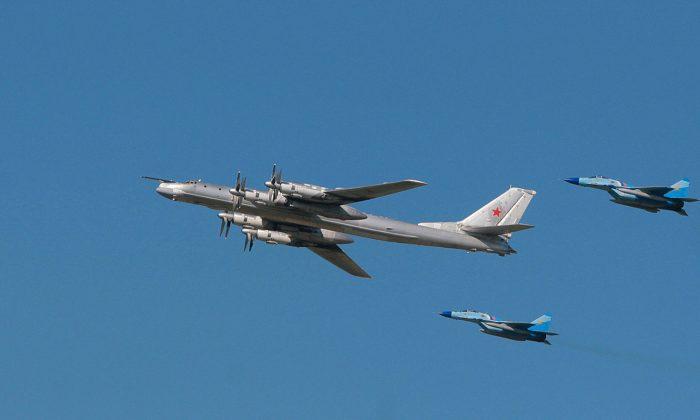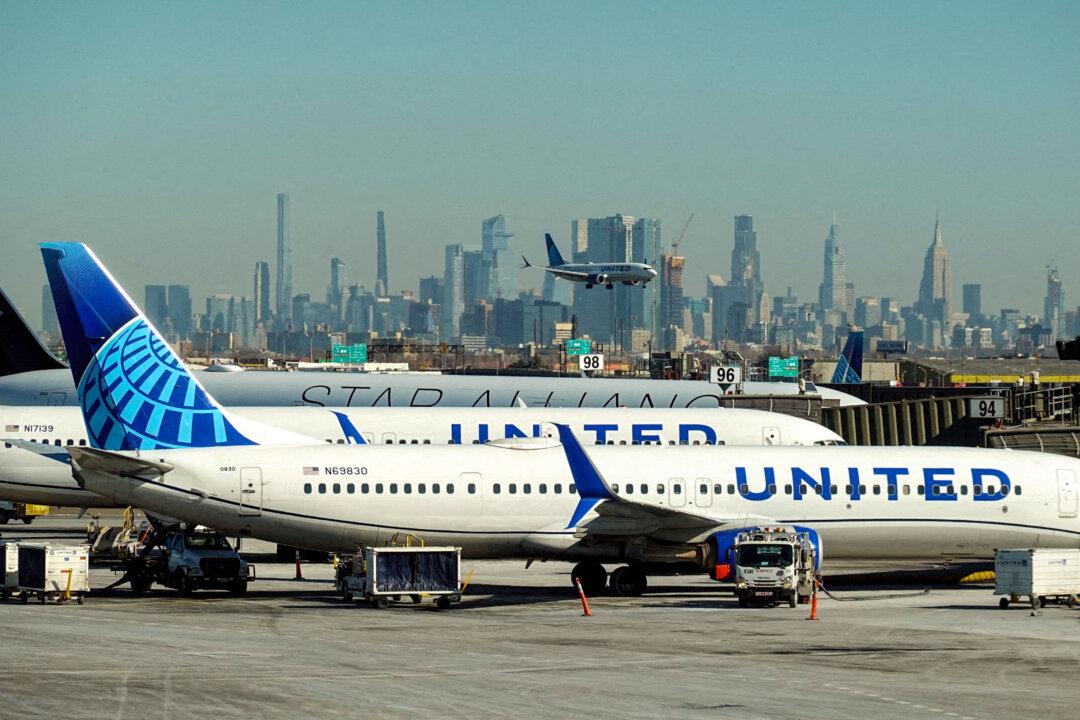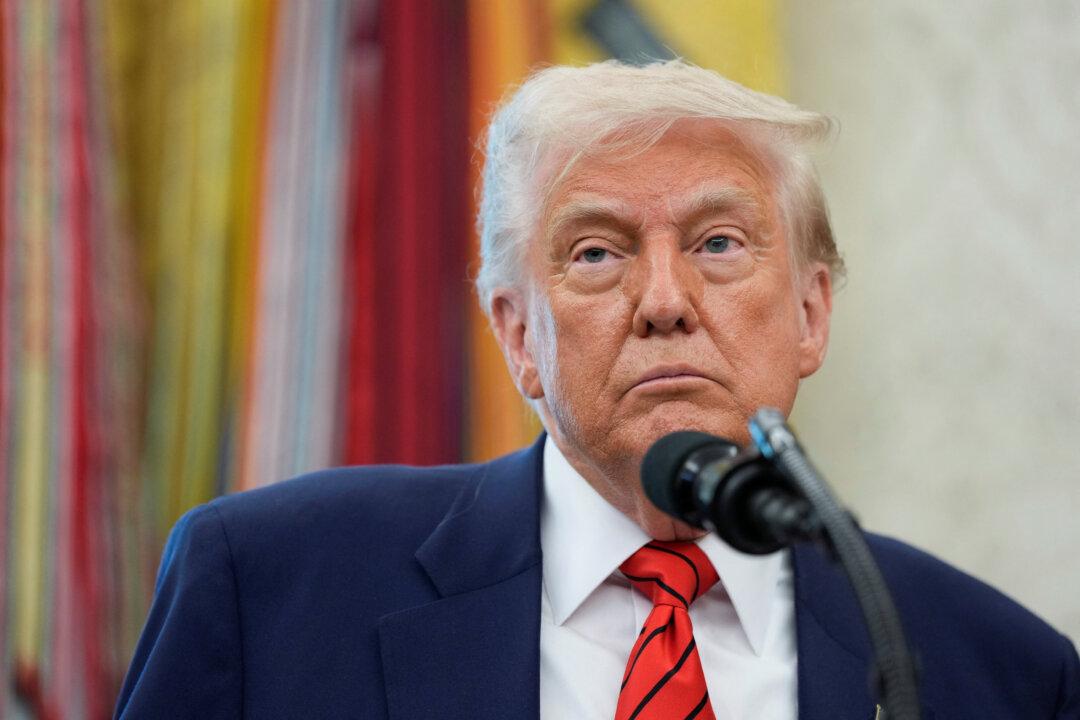Two Chinese and six Russian nuclear-capable bombers entered South Korea’s air defense identification zone without prior notice on Wednesday, prompting the country to scramble its Air Force planes, the Joint Chiefs of Staff confirmed.
“Our military dispatched air force fighter jets ahead of the Chinese and Russian aircraft’s entry of the KADIZ to implement tactical measures in preparation for a potential contingency,” the Joint Chief of Staff said in a statement to Reuters.
The bombers, meanwhile, were “accompanied by fighter jets from foreign states during parts of their route,” the Ministry said. “The aircraft of both countries [Russia and China] acted in strict accordance with international law. There were no violations of the airspace of foreign states,” Moscow added.
Russian bombers during the exercise performed landings at Chinese airfields, while one Chinese bombers made landings in Russia, the Ministry of Defense said. It did not elaborate on where, or if the Russian planes landed on any disputed island territories that currently feature a heavy Chinese military presence.
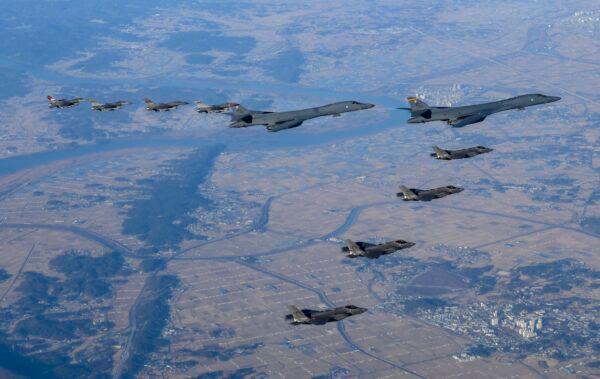
“An air group consisting of Tu-95MC strategic missile carriers of the Russian Aerospace Forces and strategic bombers [Xian] H-6K of the [Chinese regime’s] Air Force carried out air patrols over the waters of the Japanese and East China Seas,” the Russian ministry also stated.
Known as the “Bear” by NATO, Tupolev Tu-95s were designed to drop nuclear bombs on the United States or its allies during the Cold War. Along with the Tu-160, the Tu-95 is considered one a key component of the Kremlin’s nuclear forces.
The Xian H-6K, which is a Chinese-made version of the Soviet Tupolev T-16 bomber, was used to drop nuclear weapons at the Lop Nur test site in the Xinjiang region in China.
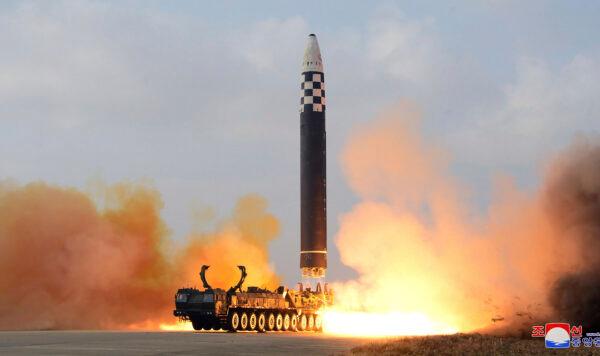
Since the start of the Ukraine conflict in February, Beijing and Moscow have bolstered their relations while the Kremlin has reportedly looked to strengthen ties with North Korea. The Pentagon has issued warnings to Russia, China, and North Korea about changing the status quo around the Korean Peninsula.
Meanwhile, the United States and South Korea have increased joint military drills with Japan and the Philippines amid those recent developments, namely as North Korea’s leadership made claims that it will continue to boost its nuclear program. In recent weeks, the communist Pyongyang regime has launched dozens of missiles, including an intercontinental ballistic missile.
Over the weekend, North Korean leader Kim Jong Un stated that his regime’s “ultimate goal” is to create an “unprecedented” nuclear force, adding that it currently possesses “the world’s strongest strategic weapon.“ The test also represents “a wonderful leap forward in the development of the technology of mounting nuclear warheads on ballistic missiles,” he claimed on state media.
The Chinese Communist Party had not publicly commented on the incident on Wednesday.
